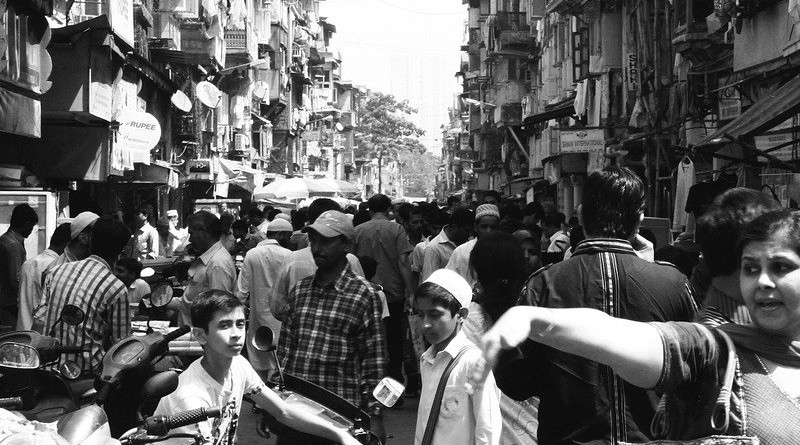A Long Distance From A Fully Secure India – Analysis
In the past few months, the government has asserted in unambiguous terms that the security situation in the country has undergone serious positive transformations. The last one in the series of its publications is the December 24 Report Card of the Union Ministry of Home Affairs (MHA), titled, ‘Capacity to meet threat to internal security improved—Overall security situation remains under control’. The MHA insists that with a plethora of measures initiated by it during the past year, the country’s capacity to meet terror threats, arising internally as well as from across the border, has grown manifold. At the dawn of 2012, unless one is a serving government official or a loyalist of the ruling party, it is difficult to go along with such assessments.
The most obvious achievement that the government has attempted to flaunt is the declining terror incidents in the country. This is true across the board—for the Northeast, Kashmir as well as the Naxal-affected theatres. However, the fact remains that much of these improvements remain reversible.
The outbreak of peace in the Northeast region is, inarguably, a gift from Dhaka and certainly not the result of upgraded anti-terror capacities of the security forces stationed in the region. The Awami League government reversed the age-old practice of sheltering militants by arresting and handing over these insurgent leaders to India. While that has somewhat quietened the north-eastern part of the country, the task of transforming the ‘decline in violence scenario’ to one that guarantees durable peace has just began. It is very clear that India’s western neighbour will not repeat the gesture of Dhaka. And that would keep Kashmir potentially on the boil for foreseeable future, the current peace in the state notwithstanding.
MHA insists that Naxal violence has been “contained”. The reality, however, is violence has simply decreased to some extent. Naxal activity was reported from 194 districts in 2011. Night running of trains remains suspended in areas under Naxal control, development initiatives remain suspended and periodic bandh calls by the Naxals continue to paralyse lives. Moreover, the increase in the number of Jan Adalats, training camps as well as killing of police informers indicates that the extremists have tactically retreated into a capacity-building mode.
The other claim to fame for the government is the manpower increase among the Central police forces. There are certainly more security forces on the ground today compared to previous years. Recruitment to create additional battalions continues at a rapid pace. However, mere numbers are only a small part of the winning formula. The failed experiment of Operation Green Hunt is a stark reminder of the fact that the amassment of ill-motivated and insufficiently inclined forces alone does not guarantee victory.
Notwithstanding the so-called “impressive” record of the National Investigation Agency (NIA), the fact remains that since 2009 almost all the terror attacks in the country remain unsolved. This includes the four attacks that took place in 2011. The Intelligence Bureau (IB) has about 30 per cent vacancy among its field personnel. In the words of the retired Home Secretary, the personnel who have been recruited in the past couple of years would need at least two more years before starting to deliver.
Among the countless flip-flops on erecting an effective counter-terror architecture, one that would go down as the most incredulous is the National Counter Terrorism Centre (NCTC). One of the pet projects of the Home Minister, the NCTC had been highlighted as the end-all institution for preventing terror. After three years of prolonged wait, we know for sure that the NCTC being prepared for the country is not an organisation that fuses the counter-terror capacities of dissipated organisations in the entire country, but a parliamentary committee-type of toothless advisory organisation. Meanwhile, the fate of the National Intelligence Grid (NATGRID), even after its July 2011 “in-principle approval” by the Cabinet Committee on Security (CCS), still hangs in balance.
And add the continuing confusion and total lack of political unanimity on dealing with terror to overall state of affairs. And what we have is a completely different situation from what is being projected by the government. India’s ability to fight against terror is still in its infancy.
This article appeared at New Indian Express and is reprinted with the author’s permission.

